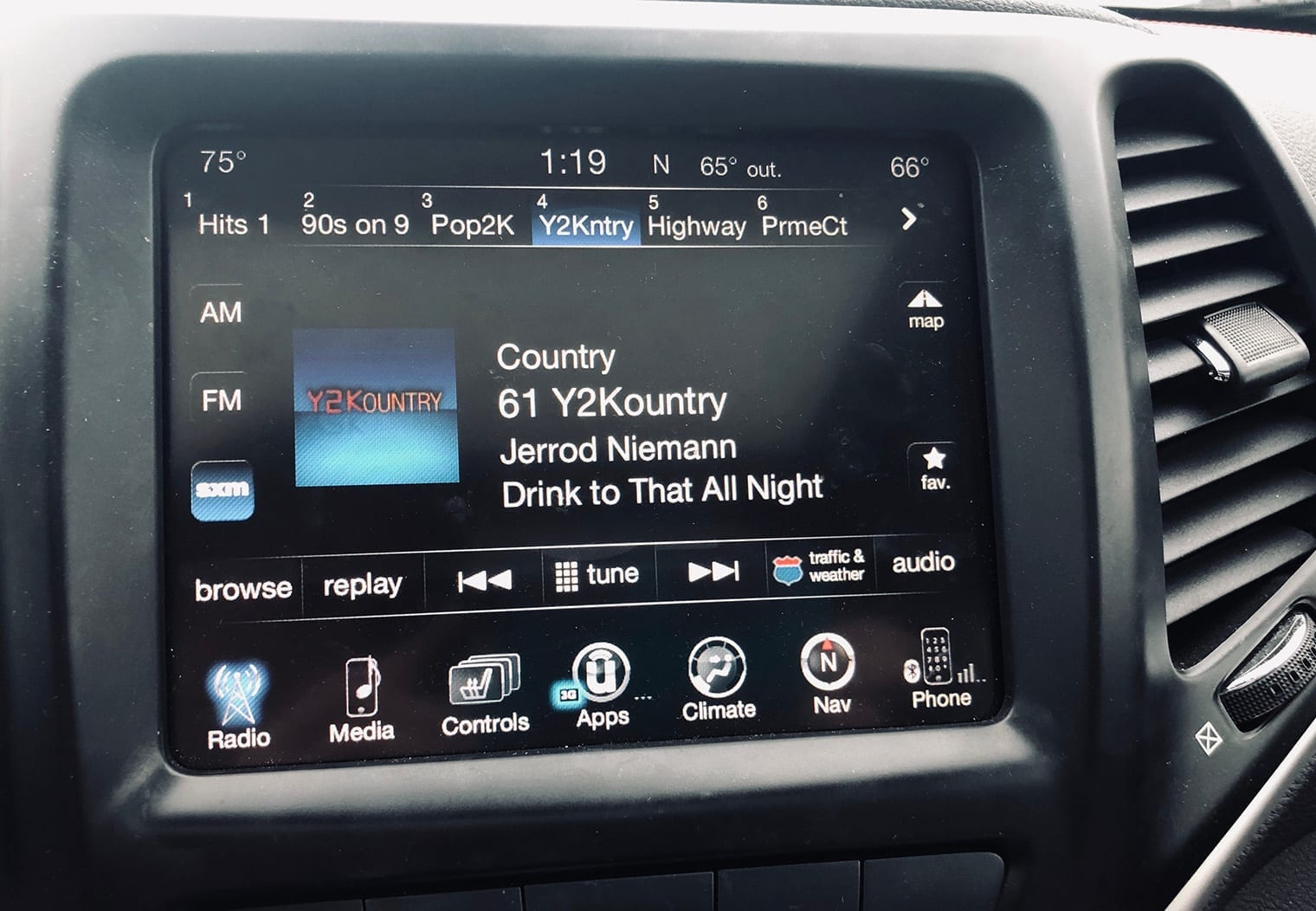How To Get Xm Radio For My Car

So, you're looking to get SiriusXM radio in your car? Excellent choice! Streaming services are great, but nothing beats the convenience and broad coverage of satellite radio, especially when you're out of cell service range. This article will guide you through the process, explaining the technical aspects and potential installation methods, assuming you're comfortable tackling a moderate DIY project.
Understanding SiriusXM Integration: A Technical Overview
Before diving into the specifics, it's crucial to understand that integrating SiriusXM into your car isn't a one-size-fits-all solution. The approach depends heavily on your car's existing audio system and your desired level of integration. We'll explore the most common methods, each with its own advantages and disadvantages.
Key Specs and Main Parts
To successfully add SiriusXM, you'll generally need the following:
- SiriusXM Tuner: This is the core component. It receives the satellite signal and decodes the audio. Common types include standalone receivers and vehicle-specific modules.
- Antenna: A specialized antenna is required to pick up the SiriusXM signal. These are typically magnetic-mount or adhesive-mount and should be positioned for optimal signal reception (usually on the roof or rear deck).
- Interface Module (Optional): If you want to control SiriusXM through your car's existing head unit (steering wheel controls, display integration), you'll likely need an interface module. This acts as a translator between the SiriusXM tuner and your car's system.
- FM Direct Adapter (Optional): An alternative to an interface module, this allows you to transmit the SiriusXM audio over a specific FM frequency, which your car radio then tunes into. This method is less elegant than direct integration.
- AUX Input Adapter (Optional): Connects SiriusXM tuner to the car stereo via AUX input.
- Wiring Harness and Connectors: Necessary for connecting all components and tapping into your car's power and ground.
Integration Methods: A Deeper Dive
Let's examine the most common integration methods:
- Standalone SiriusXM Receiver: This is the simplest, albeit least integrated, option. A standalone receiver typically has its own display and controls. It connects to your car's audio system via the AUX input or FM transmitter. Pros: Easy to install, relatively inexpensive. Cons: Less integrated, potentially cluttered dashboard.
- Vehicle-Specific SiriusXM Module: Many car manufacturers offer (or have aftermarket options for) modules designed to integrate seamlessly with your factory radio. These modules usually connect directly to the car's wiring harness and are controlled through the existing radio interface. Pros: Excellent integration, often retains steering wheel controls. Cons: Can be expensive, requires vehicle-specific knowledge.
- Universal SiriusXM Adapter with Interface Module: A universal SiriusXM tuner is used in conjunction with an interface module that’s programmed to work with your car’s specific make and model. Pros: Lower cost than vehicle-specific modules. Cons: Requires programming.
- FM Direct Adapter: The SiriusXM receiver outputs audio over an FM frequency that you tune into. Pros: Simple to install. Cons: Audio quality is limited by FM broadcast quality and may be susceptible to interference.
How It Works: A Simplified Schematic
While a complete wiring diagram varies greatly based on your chosen method, the basic principle remains the same:
- Power and Ground: The SiriusXM tuner needs a power source (typically 12V DC) and a ground connection. This is usually tapped from the car's existing wiring harness, often from the radio's power wires or an accessory power wire.
- Antenna Connection: The antenna connects to the tuner via a coaxial cable. Ensure a secure and weather-tight connection.
- Audio Output: This is where the signal is sent from the tuner to your car's audio system. The method depends on your integration:
- AUX Input: A simple audio cable connects the tuner's output to the AUX input on your radio.
- FM Direct Adapter: The tuner transmits the audio over a selected FM frequency.
- Interface Module: The tuner's output connects to the interface module, which converts the signal into a format that your car's radio can understand.
- Control Interface (Interface Module only): The interface module connects to your car's data bus (e.g., CAN bus) to allow control through the factory radio and steering wheel controls.
Real-World Use: Basic Troubleshooting Tips
Even with careful planning, issues can arise. Here are some common troubleshooting tips:
- No Signal:
- Verify the antenna connection. Ensure the antenna is properly positioned and free from obstructions.
- Check for a clear line of sight to the satellites (avoid tunnels, parking garages, and dense trees).
- Confirm your SiriusXM subscription is active.
- Poor Audio Quality (FM Direct Adapter):
- Try a different FM frequency. Choose a frequency that is clear of local radio stations.
- Check the antenna connection.
- Interface Module Not Working:
- Double-check the wiring connections.
- Ensure the interface module is properly programmed for your car.
- Consult the interface module's documentation for troubleshooting steps.
- Power Issues:
- Check the fuse for the radio and/or accessory power.
- Verify the ground connection is secure.
Safety Considerations
Working with car electronics can be risky. Disconnect the car's negative battery terminal before starting any wiring work to prevent shorts and potential damage to your car's electrical system. Always use a multimeter to verify voltage and continuity before making any connections. Avoid cutting or splicing wires unnecessarily. If you're unsure about any step, consult a professional installer.
Specifically, the airbag system is a high-risk area. Improper wiring near airbag components can trigger accidental deployment, leading to serious injury. If your radio installation requires you to work near airbags (e.g., removing the dashboard), it's best to leave it to a professional.
Remember also that if you opt to tamper with the car stereo or any component in a manner that bypasses the factory setting, your vehicle warranty may be voided. Refer to the warranty clauses to know more about it.
Adding SiriusXM to your car can significantly enhance your driving experience. By understanding the technical aspects and following safety precautions, you can successfully complete the installation yourself. Happy listening!
